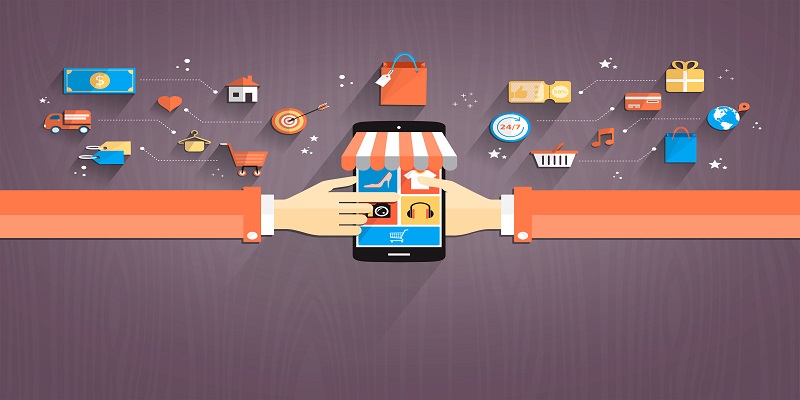Do you sometimes find yourself ordering 5 items from your favourite online shop although you never thought you needed them? Do you know the feeling of getting magically drawn into a store while initially simply walking past? Or, the other way round, do you set out for some retail therapy but get turned away or end up abandoning the cart at the last minute, because it just doesn’t feel right, doesn’t feel inspiring, and doesn’t feel motivating?
What really determines shoppers’ attention, perception and purchase decisions?
Over the past decade neurosciences discovered that human and therefore consumer decision-making takes place largely below the radar of the conscious mind. Every stimulus (advertisement, promotion, retail experience, product, website, brand) gets evaluated subconsciously and filtered through the emotional operating system in the consumer’s brain. This is where we determine what is noise and what is relevant, what we perceive at all and what motivates a certain action.
On top of this comes the fact that our subconscious mind works 200 times faster than our conscious, analytical mind – which is why most decisions are made in less than 3 seconds. Consequently, this this is the amount of time you have to wow your existing and potential customers.
The limbic system holds many clues on how to encourage instant attraction
To understand how instant attention and attraction work, we must take a look into the emotional limbic operating system of the human brain. This operating system consists of three major forces, in neurosciences these are known as ‘The Big Three’. They are:
- The Balance system (goal and purpose: security, avoidance of risk, stability)
- The Dominance system (goal and purpose: self-assertion, displacement of competition, autonomy)
- The Stimulance system (goal and purpose: discovery of new things, learning new skills)
Recognising the wishes of the three systems of balance, dominance and stimulance is crucial when designing marketing strategies and brand experiences.
Why? Because these three systems cause completely different customer expectations in terms of store experience, brand look & feel, web shop design, visual merchandise and even pricing strategies.
Once you understand who your core market is you can then design digital and physical experiences that immediately connect on a personal, emotional level. For retailers who are on target with their limbic customer types double-digit sales growth is often the consequence.
Katharina Kuen, Director of RDG Insights and one of Australia’s leading neuromarketing strategists, specialising in neuromarketing insights and their implications for retail and consumer brands. Katharina will be speaking at Online Retailer, 22nd July 2014 in Sydney. View more information about her presentation: The 3 seconds That will make or break your brand.
Online Retailer Conference & eCommerce Expo
21st-23rd July 2014
Royal Hall of Industries, Horden Pavilion




